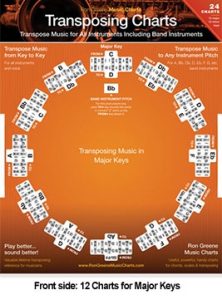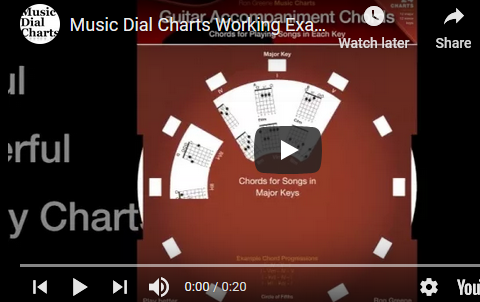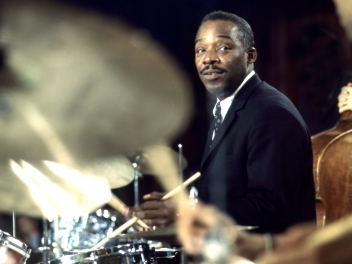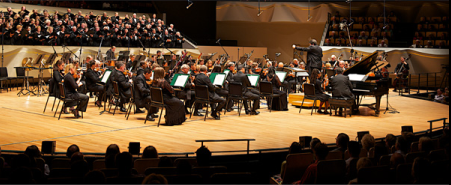Hey fellow musicians… Ron Greene here,
There are a lot of decent basic music theory books, tapes etc. on the market these days, and many of them provide good technical content. However, most of the information in them seems to lack specific details that otherwise, really never get you to the point of playing your instrument.
For example, this free music theory publication does a good job of explaining Key Signatures and the history of music, yet, this subject might not interest you as much as getting your instrument out and actually getting down to the matter at hand… playing it! Continue reading Basic Music Theory







